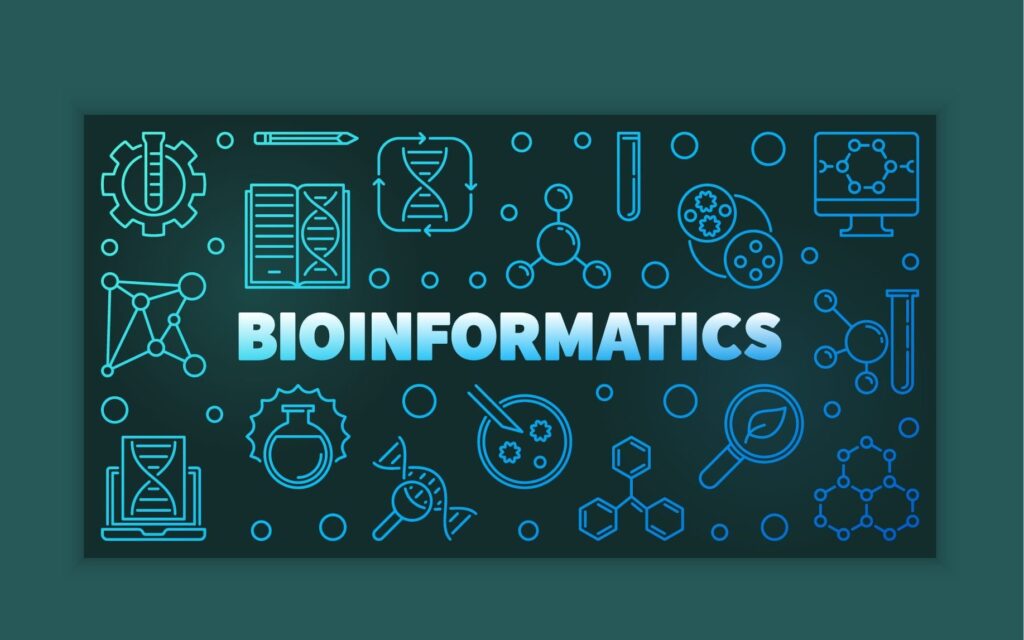When somebody sees the a brief intro on bio informatics on the screen one can easily say that it’s all related living beings and also to the technology.
Bioinformatics as a new emerging discipline, combines mathematics, information science, and biology and helps answer biological questions.
The word ‘bioinformatics’ was first used in 1968 and its definition was first given in 1978. it has also been referred to as ‘computational biology’.
Bioinformatics a hybrid science that links biological data with techniques for information storage, distribution, and analysis to support multiple areas of scientific research, including biomedicine.
Bioinformatics is fed by high-throughput data-generating experiments, including genomic sequence determinations and measurements of gene expression patterns.
Database projects curate and annotate the data and then distribute it via the world wide web.
Mining these data leads to scientific discoveries and to the identification of new clinical applications.

THE DATA OF BIO INFORMATICS:
The classic data of bioinformatics include DNA sequences of genes or full genomes; amino acid sequences of proteins; and three-dimensional structures of proteins, nucleic acid and protein–nucleic acid complexes.
Additional data streams include: transcriptomics, the pattern of RNA synthesis from DNA; proteomics, the distribution of proteins in cells; interactomics, the patterns of protein-protein and protein–nucleic acid interactions; and metabolism, the nature and traffic patterns of transformations of small molecules by the biochemical pathways active in cells.
Bioinformatics has been driven by the great acceleration in data-generation processes in biology. Genome sequencing methods show perhaps the most dramatic effects.
STORAGE AND RETRIEVAL OF DATA:
In bioinformatics, data banks are used to store and organize data. Many of these entities collect DNA and RNA sequences from scientific papers and genome projects. Many databases are in the hands of international consortia.
There also exist genome browsers, databases that bring together all the available genomic and molecular information about a particular species.
The major database of biological macromolecular structure is the worldwide Protein Data Bank (wwPDB), a joint effort of the Research Collaboratory for Structural Bioinformatics (RCSB) in the United States, the Protein Data Bank Europe. at the European Bioinformatics Institute in the United Kingdom, and the Protein Data Bank Japan at Ōsaka University.
THE GOALS OF THE BIOINFORMATICS:
The goal of bioinformatics is the extension of experimental data by predictions. A fundamental goal of computational biology is the prediction of protein structure from an amino acid sequence.
The spontaneous folding of proteins shows that this should be possible. Progress in the development of methods to predict protein folding is measured by biennial Critical Assessment of Structure Prediction (CASP) programs, which involve blind tests of structure prediction methods.
The development of efficient algorithms for measuring sequence similarity is an important goal of bioinformatics.
The Needleman-Wunsch algorithm, which is based on dynamic programming, guarantees finding the optimal alignment of pairs of sequences.
CONCLUSION:
The bio informatics is all about that DNA and also protecting it for next generation.in order protect it one must study the subject ,and create interest in all other.

